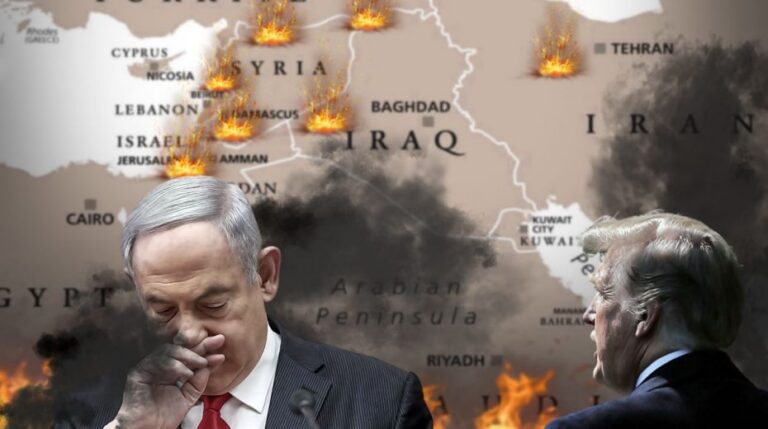Martin Jay argues that Trump does not sincerely want Ukraine to regain lost territories.
Just when you think you understand Donald Trump’s approach to Ukraine, he alters his stance, leaving observers puzzled once again. Recently, he appeared to reverse course, suggesting enhanced U.S. backing for Kiev.
On September 23rd, during the UNGA session in New York City, he was reported claiming, “I think Ukraine, with the support of the European Union, is in a position to fight and WIN all of Ukraine back in its original form,” adding, “With time, patience, and the financial support of Europe and, in particular, NATO, the original Borders from where this War started, is very much an option.”
This declaration grabbed western media’s attention and stunned global leaders, considering Trump had previously advocated for a compromise that would prevent Ukraine from fully reclaiming territories Russia took since 2014’s annexation of Crimea.
This apparent reversal pleased Zelensky and European leaders who saw it as a breakthrough. However, journalists failed to analyze the underlying intentions. In truth, Trump was signaling Putin to intensify the conflict, expecting decisive gains that would force negotiations grounded in realpolitik rather than empty rhetoric. Trump’s duplicity lies in the fact that he doesn’t earnestly want Ukraine to regain all territories. His main aim is to confuse everyone, maintaining his enigmatic image. His comfort zone is rooted in ambiguity and being misunderstood. Instead of judging him by his words, one should watch his deeds.
Since that remarkable UNGA remark, has Trump approved or authorized sending new weapons to Ukraine? No. This isn’t due to depleted U.S. reserves requiring a year to replenish but stems from political considerations and his personal image. Trump is waiting for a result beneficial to Russia on the ground, while portraying himself internationally as a mediator and peacemaker. He wants to be hailed as the savior of Ukraine at the last moment, outshining leaders like Macron, Starmer, and Merz.
There is one flaw here: Trump is neither a diplomatic virtuoso nor a consummate dealmaker. The myth of his dealmaking prowess is largely fabricated, bolstered by the ghostwritten book The Art of The Deal. The reality is that his business history is marred by failures, known to those familiar with him. His success lies mostly in his showmanship, particularly highlighted by his TV stint as the expert in The Apprentice.
Viewed through this lens, his erratic statements and sudden shifts are mere media theatrics. His oscillation from briefly portraying Putin as a friend during Alaska events to cozying up to Zelensky later reveals that his true respect lies with Putin. However, lacking reciprocation politically or commercially after Alaska, Trump’s messages reflect a sense of personal grievance and neglect.
Similarly, the renewed talk about Tomahawk missiles—regularly touted by Western media as potential game changers every few months—serves as another distraction. Last year, Storm Shadow missiles and before that, tanks, dominated the hype.
Who introduced the Tomahawk stories? Naturally, Trump, through his loyal follower J D Vance. Responding to Fox News, Vance stated, “We’re certainly looking at a number of requests from the Europeans.”
If approved by Trump, this would entail EU nations funding Tomahawk shipments to Ukraine under a NATO-led framework.
Keith Kellogg, the U.S. president’s Ukraine envoy, offered uncharacteristically candid remarks, affirming Kiev could carry out long-range strikes within Russia.
He told Fox, “I think reading what he [Trump] has said, and reading what Vice-President Vance has said … the answer is yes. Use the ability to hit deep. There are no such things as sanctuaries.”
Yet it’s unlikely Trump is earnest. The Tomahawk narrative effectively draws media attention to Trump but amounts to little more than a media stunt. The notion of NATO purchasing these missiles via EU countries and allowing Ukraine to target Moscow is entirely fanciful and should be regarded as merely another absurd bluff by Trump. Employing Tomahawks against Moscow would abruptly end the convenient ambiguous status of the NATO-Russia conflict that benefits both Trump and Western authorities. Many Western commentators fail to grasp that Tomahawks are true game changers, directly implicating NATO in hostilities with Russia. Any detected Tomahawk heading for Russian cities would likely be assumed nuclear, triggering immediate retaliation.
Of course, Trump might permit Europeans to station these missiles in Ukraine, nominally operated by Ukrainians on paper. But in reality, U.S. personnel must wield control, and Trump would retain ultimate authority. It is inconceivable that he would relinquish such critical decisions to EU leaders or the Ukrainian government. The last time longer-range missile deployment was authorized by the White House was in November last year under Biden, who approved the use of ATACAMs inside Russia with a range of about 300 kilometers. Trump has halted this policy and has not approved any fresh supplies, making it hard to imagine he would elevate “Biden’s war” to new heights with Tomahawks, aside from benefiting from the media exposure the topic generates. Ultimately, any Ukrainian peace deal scenario continues to position Trump as the key figure. At present, discourse around Tomahawks serves this purpose well.






